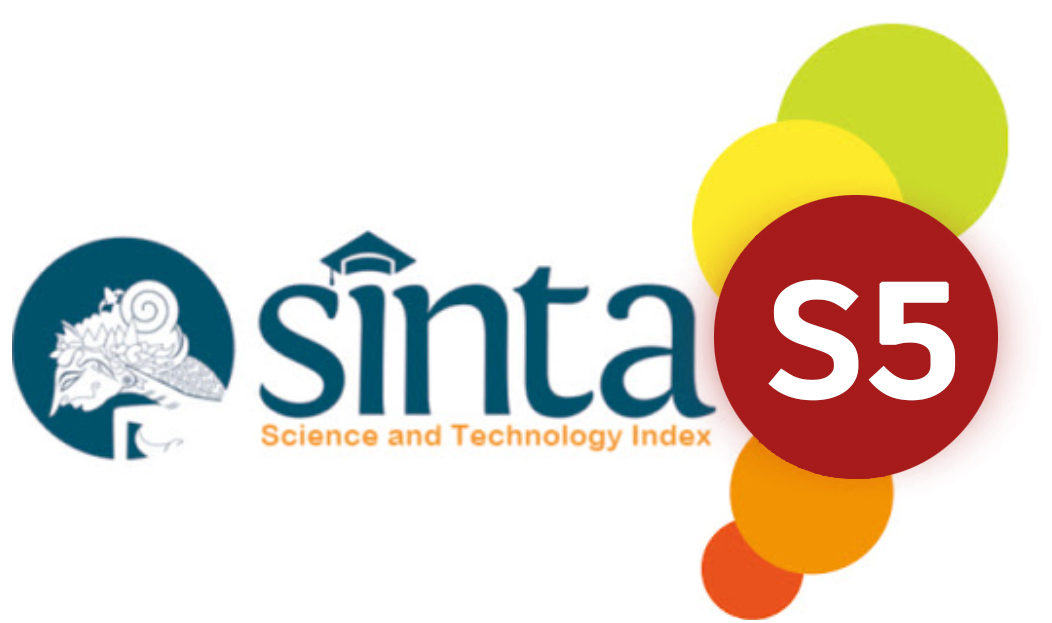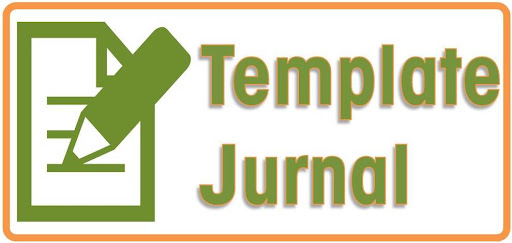Kelayakan Usaha Pupuk Organik Bokashi P4S “Karya Tani” Desa Bagorejo Kabupaten Jember
DOI:
https://doi.org/10.56013/kub.v3i01.1979Keywords:
Fesibility; Income; SWOTAbstract
Indonesia is one of the countries that has abundant natural products to the fertility of it has. The agricultural sector provides the largest contribution as a supporter of food security. To develop the basis for agricultural growth, the government and investors began to provide introductions and knowledge to farmers about organic fertilizers. Organic fertilizer is a fertilizer made from natural ingredients without chemicals. So, it is very good for soil fertility. Seeing the benefits of organic fertilizer which has a very positive impact. there are some farmers who make this organic fertilizer a very promising business opportunity. The research carried out aims to : 1. To find out the business income of bokashi organic fertilizer 2. To determine the feasibility of bokashi organic fertilizer business 3. To determine the potential of bokashi organic fertilizer business.
The agricultural sector provides the largest contribution as a supporter of food security. Currently, the government and investors are starting to provide an introduction and knowledge to farmers about organic fertilizers. This study aims to determine the amount of bokashi organic fertilizer business income, to determine the feasibility of the bokashi organic fertilizer business, to determine the potential of the bokashi organic fertilizer business. The research location was chosen purposively with several considerations, including data collection methods using primary data and secondary data. Based on the results of the analysis, the business is feasible and the business is very profitable. The results of the SWOT analysis show that the position of the SWOT matrix diagram is in the Aggressive strategy.
The selection of this research location was done intentionally or purposive sampling with several considerations because the institution is an institution that does not focus on fertilizer production only, but also includes agricultural training. The data collection method uses primary data (observation, questionnaire interviews, documentation) secondary data obtained from agencies such as village offices and literature related to research.
Based on the results of research using income analysis obtained income of 150,694,000. The RC Ratio value is 6.63 and the BC Ratio value is 5.63, so from the RC Ratio value we can see that the value is 6.63 > 1, it can be concluded that the business is feasible, and the BC Ratio value is 5.63, the value is > 1 then the business is very profitable. The results of the SWOT analysis show that the position of the SWOT matrix diagram is in a positive aggressive strategy, positive in quadrant 1 is obtained from reducing the number of strength and weakness variables and threats opportunity variables, this is a favorable situation. Its marketing strategy has both opportunities and strengths
ABSTRAK
Khusniatul Latifah, 1803405031, judul “ Analisis Kelayakan Usaha Pupuk Organik (Studi Kasus Pusat Pelatihan Pertanian Dan Pedesaan Swadaya “ KARYA TANI’ Desa Bagorejo Kecamatan Gumukmas Kabupaten Jember )”
dibawah bimbingan Bapak Mochammad Yasin, S.Si.,MM dan Ibu Qory Zuniana SP.,MP.
Indonesia adalah salah satu Negara yang memiliki hasil alam yang melimpah berkat kesuburan tanah yang dimilkki. Sektor pertanian memberikan kontribusi terbesar sebagai penyokong ketahanan pangan. Untuk mengembangkan dasar bagi pertumbuhan pertanian, Pihak pemerintah dan investor mulai memberikan pengenalan serta pengetahuan terhadap para petani tentang pupuk organik. Pupuk organik merupakan pupuk yang di buat dari bahan alami tanpa bahan kimia.. Jadi, sangat bagus untuk kesuburan tanah.. Melihat kemanfaatan pupuk organik yang sangat berdampak positif ada beberapa petani yang menjdikan pupuk organik ini menjadi peluang bisnis yang sangat menjanjikan.
Penelitian yang dilaksanakan bertujuan untuk : 1. Untuk mengetahui besar pendapatan usaha pupuk organik bokashi 2. Untuk mengetahui kelayakan usaha pupuk organik bokashi 3. Untuk mengetahui potensi dari usaha pupuk organik bokashi.
Pemilihan lokasi penelitian ini dilakukan secara sengaja atau purposive sampling dengan beberapa pertimbangan karena lembaga tersebut merupakan lembaga yang tidak berfokus terhadap produksi pupuk saja, namun juga terdapat pelatihan pertanian. Metode pengumpulan data menggunakan data primer (Observasi, wawancara kuesioner, dokumentasi ) data sekunder diperoleh dari
instansi-instansi seperti kantor desa serta literatur-literatur yang berhubungan dengan penelitian
Berdasarkan hasil penelitian yang menggunakan analisis pendapatan diperoleh pendapatan sebesar 150.694.000. Nilai RC Ratio diperoleh 6,63 serta nilai BC Ratio diperoleh sebesar 5,63 maka dari nilai RC Ratio dapat kita lihat bahwa nilai 6,63 > 1 dapat disimpulkan usaha tersebut layak untuk diusahakan, serta nilai BC Ratio 5,63 nilai tersebut > 1 maka usaha tersebut sangat menguntungkan. Hasil analisis SWOT menunjukkan bahwa posisi diagram matrik SWOT berada di strategi Agresif yang positif, positif didalam kuadran 1 diperoleh dari pengurangan jumlah variabel kekuatan kelemahan serta variabel peluang ancaman ini merupakan situasi yang menguntungkan. strategi pemasarannya memiliki peluang dan kekuatan
Downloads
Published
How to Cite
Issue
Section
License
Copyright (c) 2023 Kubis

This work is licensed under a Creative Commons Attribution-ShareAlike 4.0 International License.












